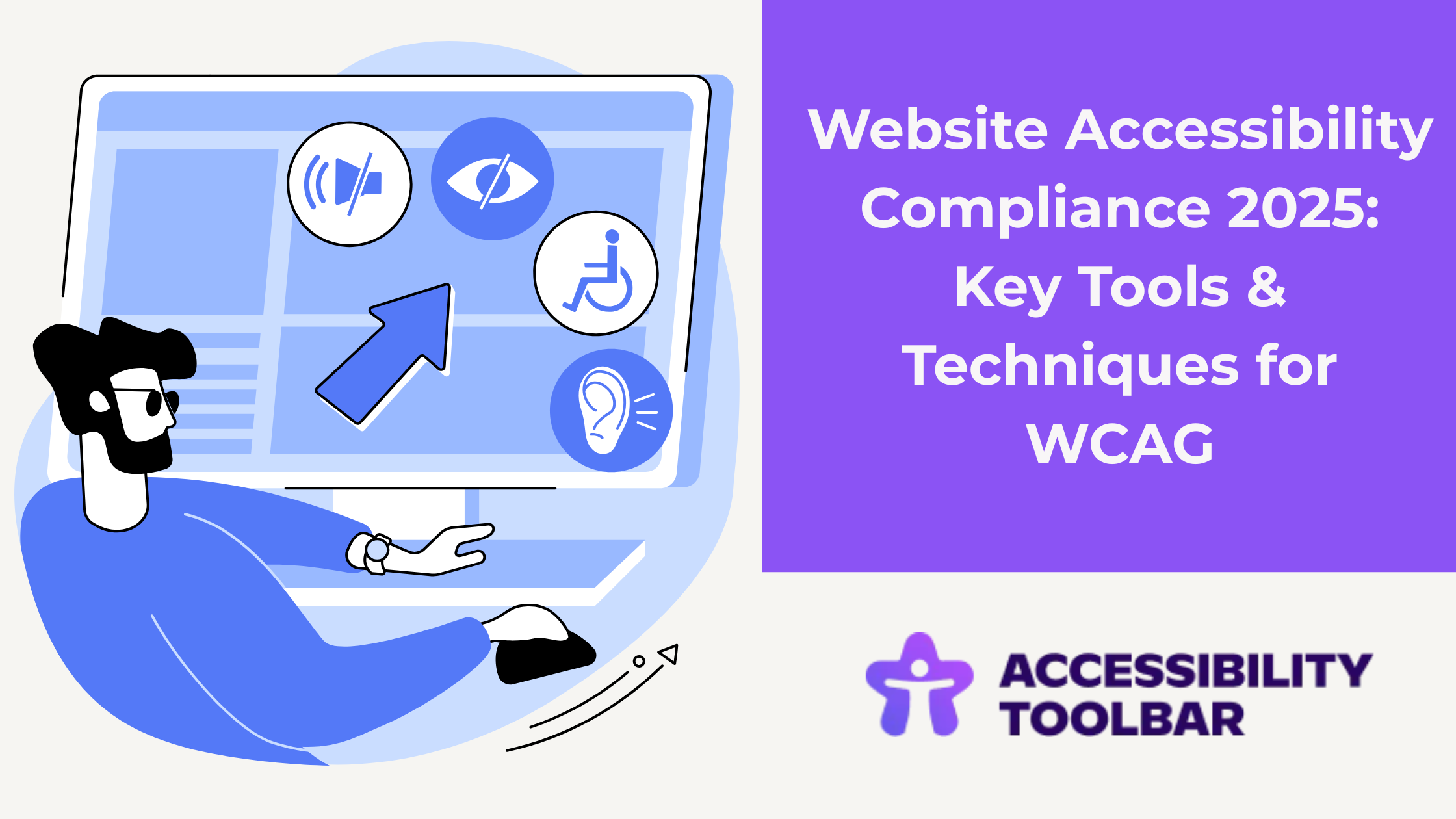Website Accessibility Compliance in 2025: Essential Tools and Techniques for WCAG Standards
Website accessibility compliance has evolved from optional best practice to mandatory business requirement across the UK. With strengthened legal frameworks and updated Web Content Accessibility Guidelines (WCAG), organisations must implement comprehensive web accessibility strategies ensuring both regulatory compliance and inclusive user experiences.
UK Regulatory Landscape
The Equality Act 2010 establishes clear obligations for UK organisations regarding digital accessibility. Recent tribunal cases have clarified that inaccessible websites constitute discrimination, with courts increasingly referencing WCAG 2.1 Level AA standards for compliance assessment.
The Public Sector Bodies Accessibility Regulations 2018 mandate accessibility for government websites, whilst private sector obligations continue expanding through case law precedent. This regulatory environment creates both compliance risks and competitive advantages for organisations prioritising web accessibility.
Beyond legal requirements, accessibility standards have become integral to search engine optimisation strategies. Google’s algorithms increasingly favour accessible websites, recognising correlation between accessibility features and superior user experience metrics.
WCAG 2.1 Requirements Framework
The Web Content Accessibility Guidelines provide comprehensive frameworks for modern website accessibility compliance. WCAG 2.1 organises requirements into four fundamental principles: content must be perceivable, operable, understandable, and robust.
Perceivable content ensures information presentation through multiple sensory channels. This includes text alternatives for images, captions for multimedia content, and sufficient colour contrast ratios. The minimum 4.5:1 contrast ratio for normal text remains a fundamental requirement many websites fail to meet.
Operable interfaces must accommodate diverse input methods. This requires keyboard accessibility for all interactive elements, appropriate time limits for timed content, and avoiding content causing seizures or vestibular disorders.
Understandable content demands readability and predictability through clear language, consistent navigation patterns, and comprehensive error identification with correction guidance.
Robust content must function across different assistive technologies whilst remaining accessible as technologies evolve, requiring valid HTML markup and semantic structure compatibility.
Common Accessibility Barriers
Despite increased awareness, significant accessibility barriers persist across UK websites. Missing alternative text for images prevents screen reader users from understanding visual content, whilst inadequate keyboard navigation excludes users unable to operate pointing devices.
Form accessibility represents another critical challenge area. Forms lacking proper labels, error messages, or instructions create substantial barriers for users with various disabilities. Effective solutions require clear labelling, descriptive error messaging, and logical field organisation.
Colour-only information presentation excludes users with colour blindness and monochrome display users. Successful designs incorporate multiple information channels through text labels, patterns, or icons alongside colour coding.
Implementation Tools and Strategies
Modern website accessibility benefits from sophisticated automated testing tools, though these typically identify only 20-30% of actual accessibility issues. Manual testing remains essential for comprehensive evaluation.
Website accessibility toolbars have emerged as powerful implementation solutions, providing immediate accessibility improvements without extensive development investment. These overlay tools enable user customisation of text sizes, colour contrasts, and navigation options according to individual requirements.
Screen reader testing represents crucial evaluation components. Organisations should conduct regular testing using popular software including NVDA, JAWS, and VoiceOver, ensuring content accessibility across different assistive technologies.
User testing with disabled individuals provides invaluable insights automated tools cannot capture, revealing real-world usability issues whilst helping prioritise improvements based on actual user impact.
Sustainable Compliance Programmes
Long-term web accessibility requires organisational commitment extending beyond initial compliance efforts. Successful programmes integrate accessibility considerations into design and development workflows, ensuring new content maintains standards from creation.
Regular accessibility audits help maintain compliance as websites evolve, with quarterly review cycles combining automated scanning, manual testing, and user feedback collection proving most effective. The investment in comprehensive website accessibility delivers measurable returns through improved user experience, reduced legal risk, and enhanced brand reputation across diverse UK communities. Forward-thinking organisations partner with specialists like AccessibilityToolbar.com to ensure their digital presence welcomes all users whilst meeting evolving compliance requirements.





